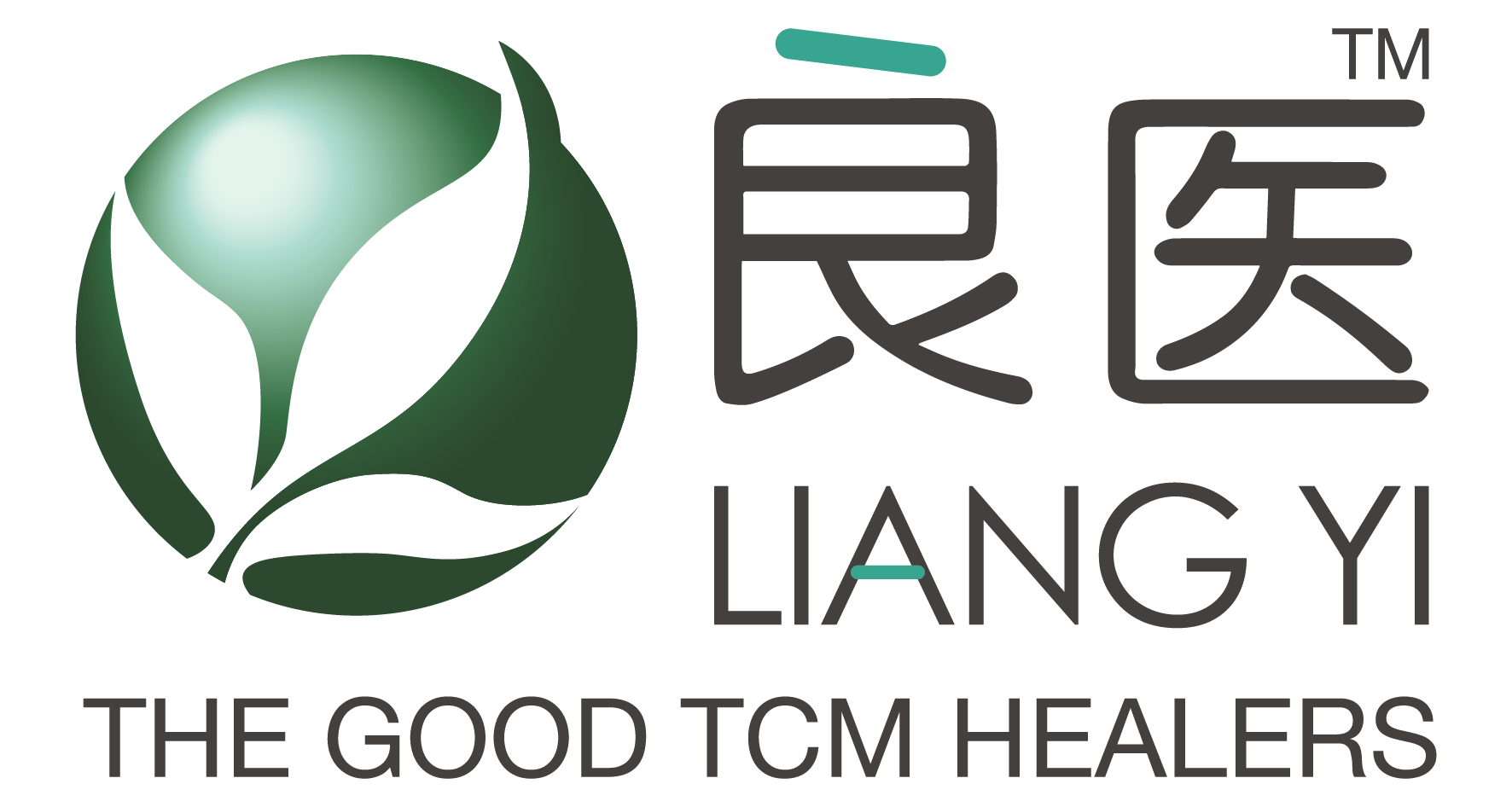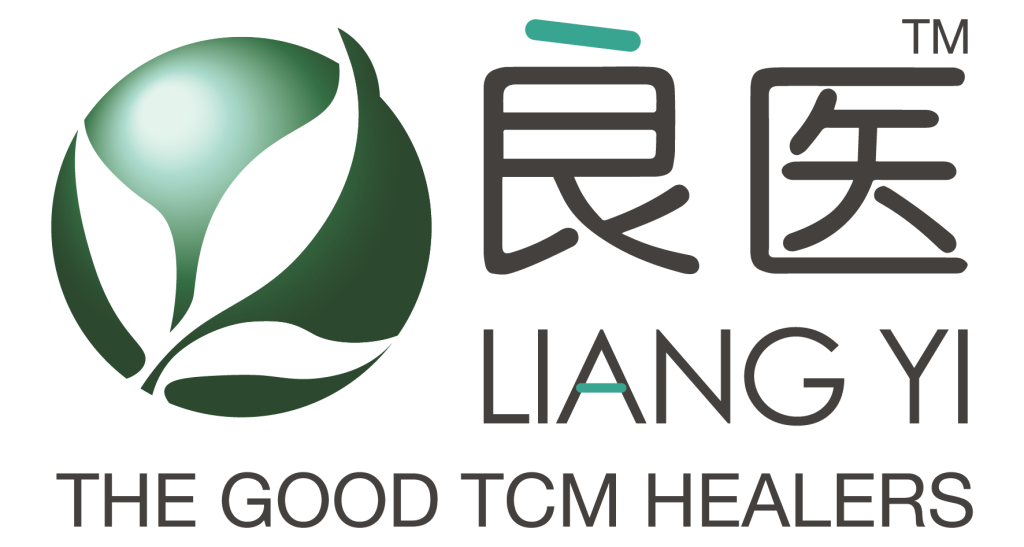What are strains and sprains?
Strains and sprains are often used interchangeably to describe pain you may feel in certain pats of the body. In reality, however, they are very different terms used to describe injuries to varying tissues in the body.
Strains are injuries that damage the muscles, which are tissues involved in movement, as well as the tendons, the strong cords that connect your muscles to the bones. When a muscle or tendon is overextended, a strain happens. Overuse, excessive force exerted beyond the tissue’s capacity, or incorrect form when doing physical exercises can all contribute to a strain.
Meanwhile, sprains are the result of straining or tearing the ligaments, the fibrous bands that give the joints support and prevent excessive movement. Abrupt, twisting motions or applying too much pressure/weight to the joint are common ways to cause a sprain.
What are the symptoms of strains and sprains?
While strains and sprains are two different conditions, they share similar symptoms as both involve damage to soft tissues and joints. Common symptoms include:
Pain
This may range from a dull ache to a sharp, stabbing pain, depending on the severity of the injury. It’s often localised to the affected muscle, tendon, or ligament and could worsen with extra movement or pressure. However, in more severe cases, the pain can radiate to other parts of the body.
Weakness
When you have a sprain or strain in one of your limbs, it might feel unstable or can’t properly support your weight or that of an object you’re carrying. This condition may persist until the injury properly heals and the muscles, tendons, or ligaments regain their strength and stability. Torn ones will take a longer time to recover from and make it harder for you to do things.
Swelling
Swelling is often accompanied by pain and a limited range of motion. It can cause discomfort and contribute to stiffness and a feeling of tightness in the affected limb. This may make it even harder for you to move the limb and go about your regular routine.
Bruising
Bruises happens when you hurt yourself and blood capillaries in that area are damaged. Bruises don’t turn up immediately, as the timing and extent of bruising differs based on the how severe the injury is as well as other factors. While bruises tend to go away on their own, its still important to keep an eye for changes in colour or pain as it might indicate further complications.
What commonly causes of strains and sprains?
Overexertion
When you are in the midst of physical activity and your body begins to tire and feel sore, it’s a good idea to take a break instead of pushing on. Your body is warning you that you’re overexerting yourself, which can quickly turn your productive gym session into a painful one instead. Your body won’t immediately give up on you, but you’re putting yourself at a much higher risk of falling or injuring an important part of your body.
Improper use of techniques
Improper techniques can put unnecessary stress on your muscles, tendons, and ligaments, increasing their risk of injury. Even if you’re simply lifting the laundry basket, using a proper lifting technique will keep strains and sprains far, far away from you. In this example, you should lift with your legs instead of your back, keep your back straight at all times, and avoiding twisting motions while lifting.
Accidents
Accidents can happen when you least expect it. You might have tripped on something and ended up landing awkwardly or falling onto a slippery surface. Maybe you were making a jump and had a bad landing posture that ends up hurting your leg. All of these can lead to strains and sprains, primarily due to sudden and forceful impacts on the body. While it’s not always possible to prevent accidents, you can take precautions by wearing proper footwear, using handrails when going up or down the stairs, and keeping potential tripping hazards off the floor.
Sedentary lifestyle
You may think that those with a sedentary lifestyle are less likely to suffer from strains and sprains. However, when muscles and ligaments are not regularly used, they can become tight and inflexible, making them more prone to injury. Adding on, a lack of physical activity can lead to weakened muscles, increasing the risk of strains and sprains.
What is tuina?
Tuina is a hands-on body treatment and is a branch of Traditional Chinese Medicine (TCM) alongside acupuncture, and herbal medicine. It is based on the theory that any imbalances in Qi which flow through our body can lead to health complaints. Therefore, it seeks to bring balance to our body by stimulating the flow of Qi.
During the treatment, the practitioner may use a variety of techniques like kneading, pressing, rolling, and grasping which will be applied to target specific areas. This aims to realign the body, as well as, alleviate discomfort. Furthermore, tuina may be applied to relieve a variety of conditions including musculoskeletal issues such as muscle pain, tension, and sprains.

How does Tuina work for sprains and strains?
A common misconception of tuina is that there are only two techniques that are used: pushing (tui) and holding (na). In fact, there are actually eight basic techniques used in tuina massage, with each technique having a different purpose in treating strains and sprains.
For tuina treatment to work effectively, a practitioner must fulfill the basic requirements of endurance, strength, uniformity, and gentleness.
- Endurance (持久): sustaining techniques throughout treatment while maintaining consistent movement and force.
- Strength (有力): the amount of force applied based on factors such as the person’s condition and physique, and the area of treatment.
- Uniformity (均匀): performing tuina techniques at a consistent rhythm, frequency, and pressure.
- Gentleness (柔和): using light and flexible movements while avoiding sudden, jerky movements or causing any pain or discomfort.
Pushing (Tui) Technique
Pushing methods may use either the hand, thumb, elbow, or fist; each part is used for specific parts of the body. These are used in gliding and pushing movements along or on the body’s meridians to stimulate the flow of Qi, improving blood circulation and loosening up tight muscles.
Holding (Na) Technique
Grasping, squeezing, and holding motions are used to stimulate deeper tissues and acupoints to relax the body, encourage smoother circulation in the meridians, and even relieve tension. This technique varies between the three-finger holding (using the thumb, index, and middle fingers), and a five-finger holding (using the thumb and all four fingers) method.
Kneading (Rou) Technique
Kneading involves circular movements applying pressure to relax the muscles and enhance circulation. Two methods are commonly practiced:
- The fish rubbing method (鱼际揉法), making use of the base of the palm
- The finger rubbing method (指揉法), which uses the ribbed surface of the fingers.
Both methods are used interchangeably based on the area needing to be massaged.
Pressing (An) Technique
Applying steady, downward pressure with the fingers or palm helps stimulate acupoints and release Qi blockages. The fingers will primarily focus on these acupoints, while the palm is used for larger, flatter areas on the body. The practitioner may gradually apply pressure as and when it’s needed.
Lifting (Ti) Technique
Gentle lifting movements are used to reinvigorate the body with energy and relieve tension, thereby improving circulation and promoting a healthy flow of Qi.
Shooting (Pai) Technique
This technique is fairly simple, requiring the use of an outstretched palm with the fingers slightly bent forwards. The palm is then used to repeatedly pat the area to be treated, with just enough strength that you can feel it but not to the point where it hurts.
Plucking (Tánbō) Technique
This involves a plucking-like move with the fingers while pressing down on the area to be massaged. The depth of the thumb press can vary depending on your condition; it’s normal to press deeply into the muscle, tendon or ligament area. One or both thumbs may also be used if needed. The technique also alternates between these deep stimulating massages with gentle kneading to relieve any pain you might feel during the massage.
Side Strike (Hézhǎng Cèjī) Technique
This gentle technique involves placing both palms together, fingers splayed out, and then massaging the area using the hypothenar mound – the bundle of muscles at the base of the little finger. The forearms are rotated to drive the hypothenar mound to massage the area thoroughly. This “side strike” technique can help to relax the muscles in the area needing to be massaged.
Before the treatment, your practitioner will decide on the right techniques based on your condition. This personalised approach aims to promote healing, relieve discomfort, and restore balance in the body in a way that suits your current needs. If the sprain or strain is only an acute case, or has occurred in less than 48 hours, your practitioner may recommend less stimulating treatments such as acupuncture, patches, or light tuina massages.
Side Strike (Hézhǎng Cèjī) Technique
This gentle technique involves placing both palms together, fingers splayed out, and then massaging the area using the hypothenar mound – the bundle of muscles at the base of the little finger. The forearms are rotated to drive the hypothenar mound to massage the area thoroughly. This “side strike” technique can help to relax the muscles in the area needing to be massaged.

Before the treatment, your practitioner will decide on the right techniques based on your condition. This personalised approach aims to promote healing, relieve discomfort, and restore balance in the body in a way that suits your current needs. If the sprain or strain is only an acute case, or has occurred in less than 48 hours, your practitioner may recommend less stimulating treatments such as acupuncture, patches, or light tuina massages.
Are you interested in tuina for sprains and strains?
Sprains and strains can negatively affect your mobility and make everyday tasks feel like a chore. If you’re interested in learning more about tuina for any conditions you might have, feel free to contact us, or book an appointment today, and we’ll get back to you soon!
References
- Wang, D. (2017). Tui Na massage. Retrieved from https://www.amcollege.edu/blog/tui-na-massage
- Department of Health & Human Services. (2001). Sprains and strains. Retrieved from https://www.betterhealth.vic.gov.au/health/conditionsandtreatments/sprains-and-strains
- Baidu Baike (2024) Tuina shoufa. (Tuina Techniques). Rettrived from
- https://baike.baidu.com/item/%E6%8E%A8%E6%8B%BF%E6%89%8B%E6%B3%95/2307382

